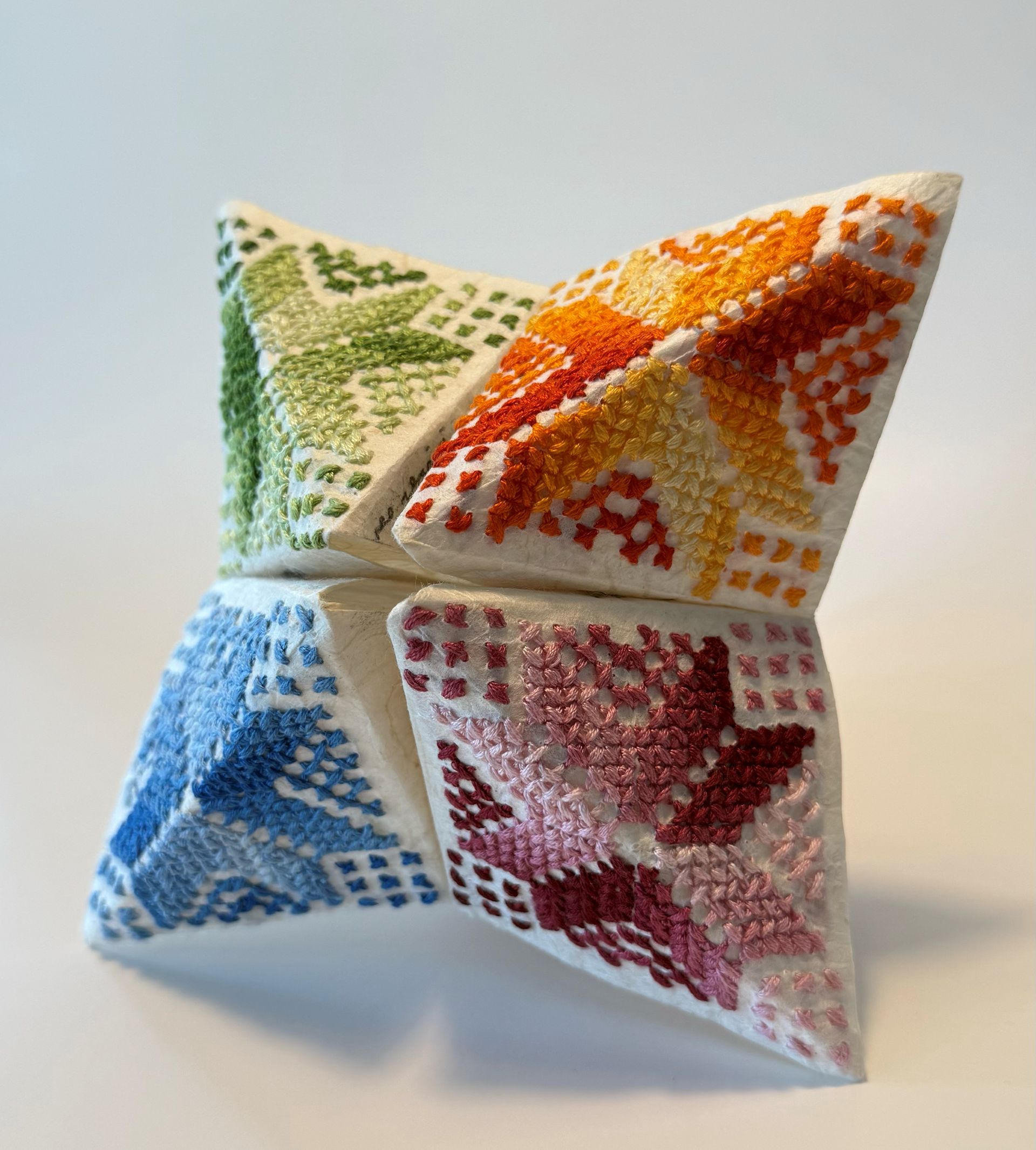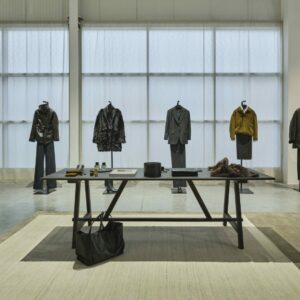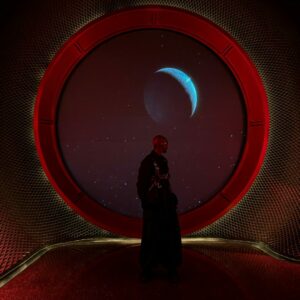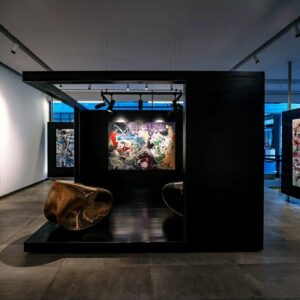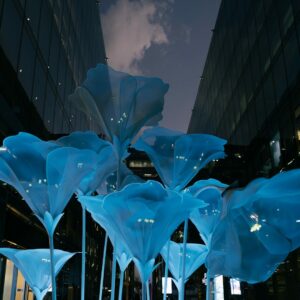In Qamar 717 (717 Moons Ago), Palestinian-Syrian artist and filmmaker Reem Salloum (Instagram) crafts a vessel of memory—delicate yet unflinching. Currently on view at the San Francisco Center for the Book’s exhibition Mourning and Melancholy: Artists’ Books from the Arab World and Its Diaspora (Instagram), the work marks a deeply personal excavation of family history, political silence, and the irretrievability of answers.
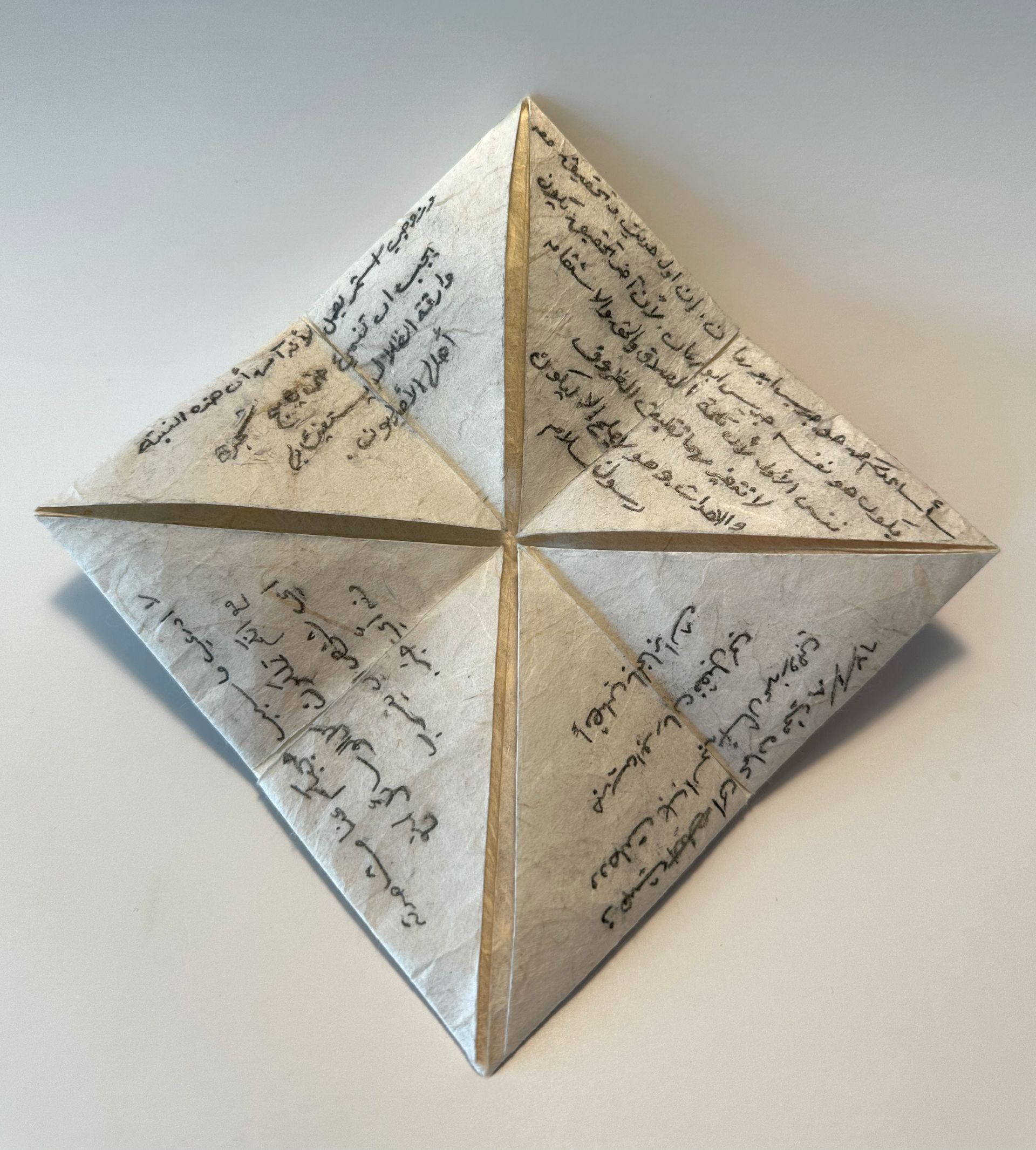
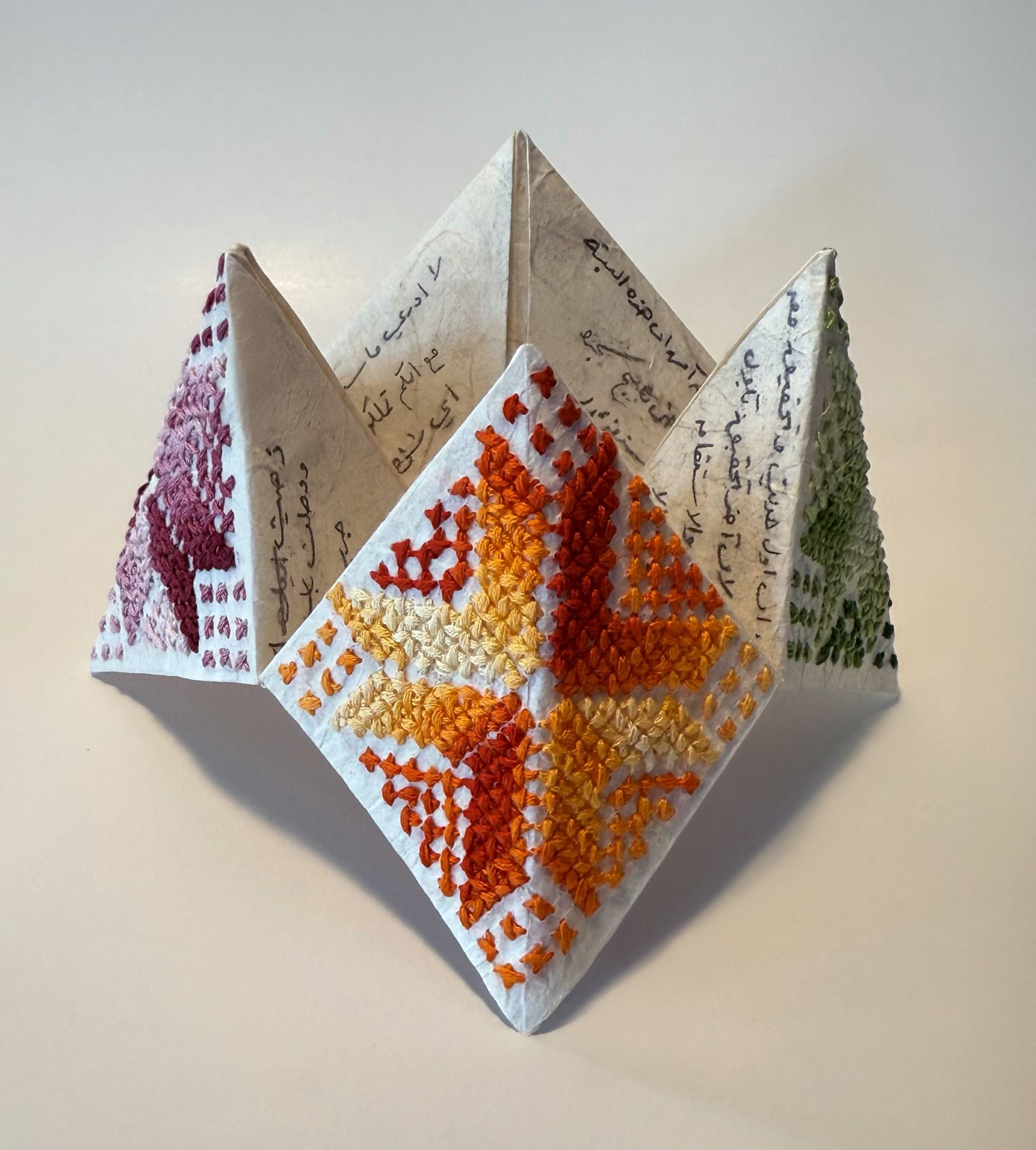
The Qamar 717 centres on a handwritten letter Salloum’s grandmother (tata) wrote in January 1967 to Jordanian authorities, pleading for the release of Salloum’s grandfather (sedo), a political figure detained in the West Bank for his role in the Palestinian liberation movement. “She travelled to Jordan hoping to see him, but was denied visitation. Fearing for his life, she wrote the letter in desperation,” Salloum explains. “It was filled with urgency and resolve—words crossed out, thoughts revised. But in the end, only the draft remained. No one in my family knows what happened next.”
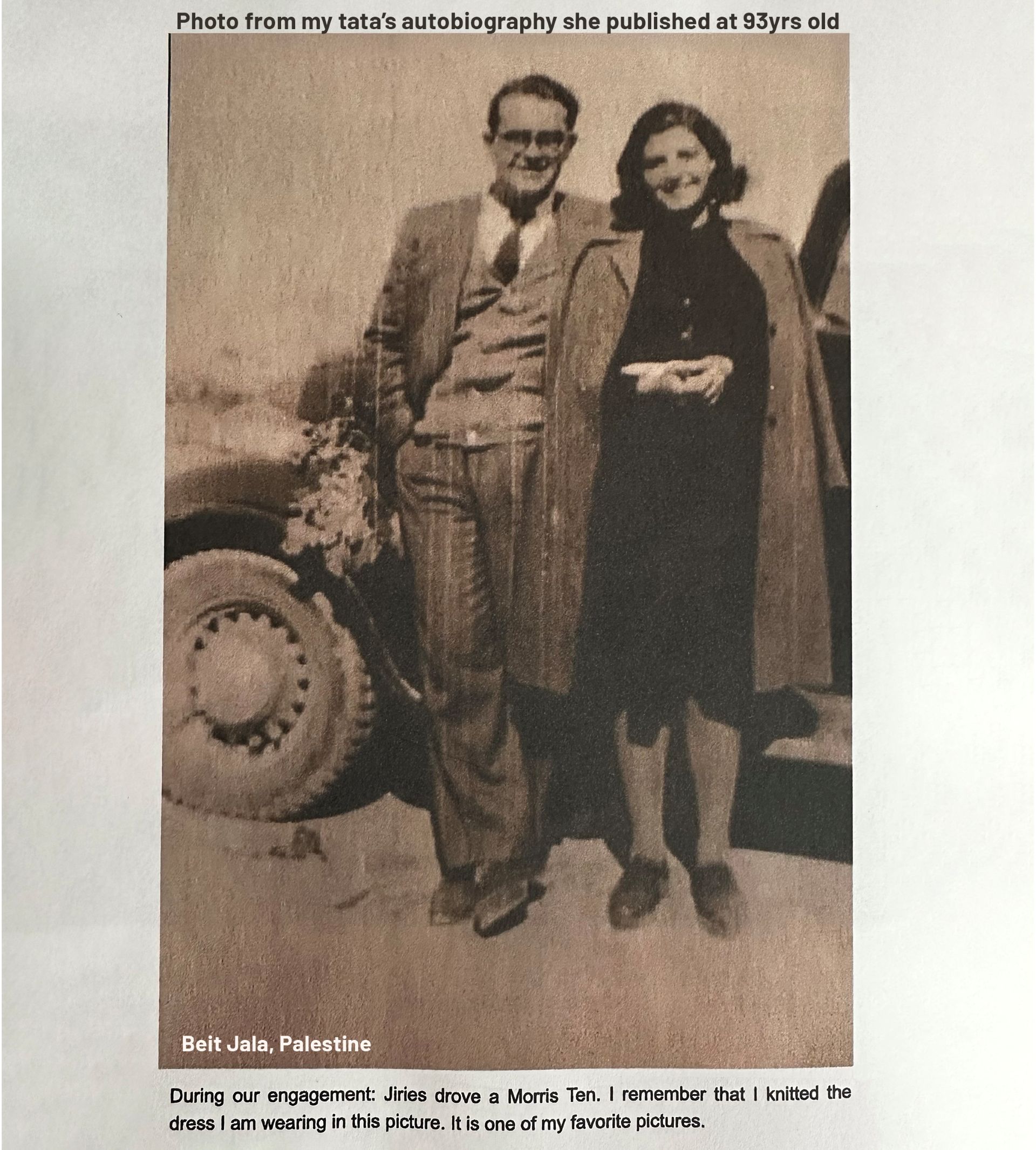
The fragmentary nature of that memory becomes both medium and message in Qamar 717. Salloum has rendered the letter onto handmade Unryu paper, folded into the form of a chatterbox or fortune teller—a paper toy she once sold to her tata in mock childhood shops. “She always bought everything. Then we’d walk to the corner store and I’d spend the coins on candy,” Salloum recalls. “That memory is vivid, innocent, joyful—and this time, I fold the chatterbox as a way to hold the things I’ll never know.”
Inside the folds, Salloum has hand-traced portions of the original letter using carbon paper, preserving her grandmother’s Arabic handwriting. “I hand-traced passages from her letter using carbon paper to pass it onto the paper, following her Arabic handwriting so that her voice is, in a way, inscribed in the folds. On the innermost flaps are the unanswerable questions I would have asked her,” she says.
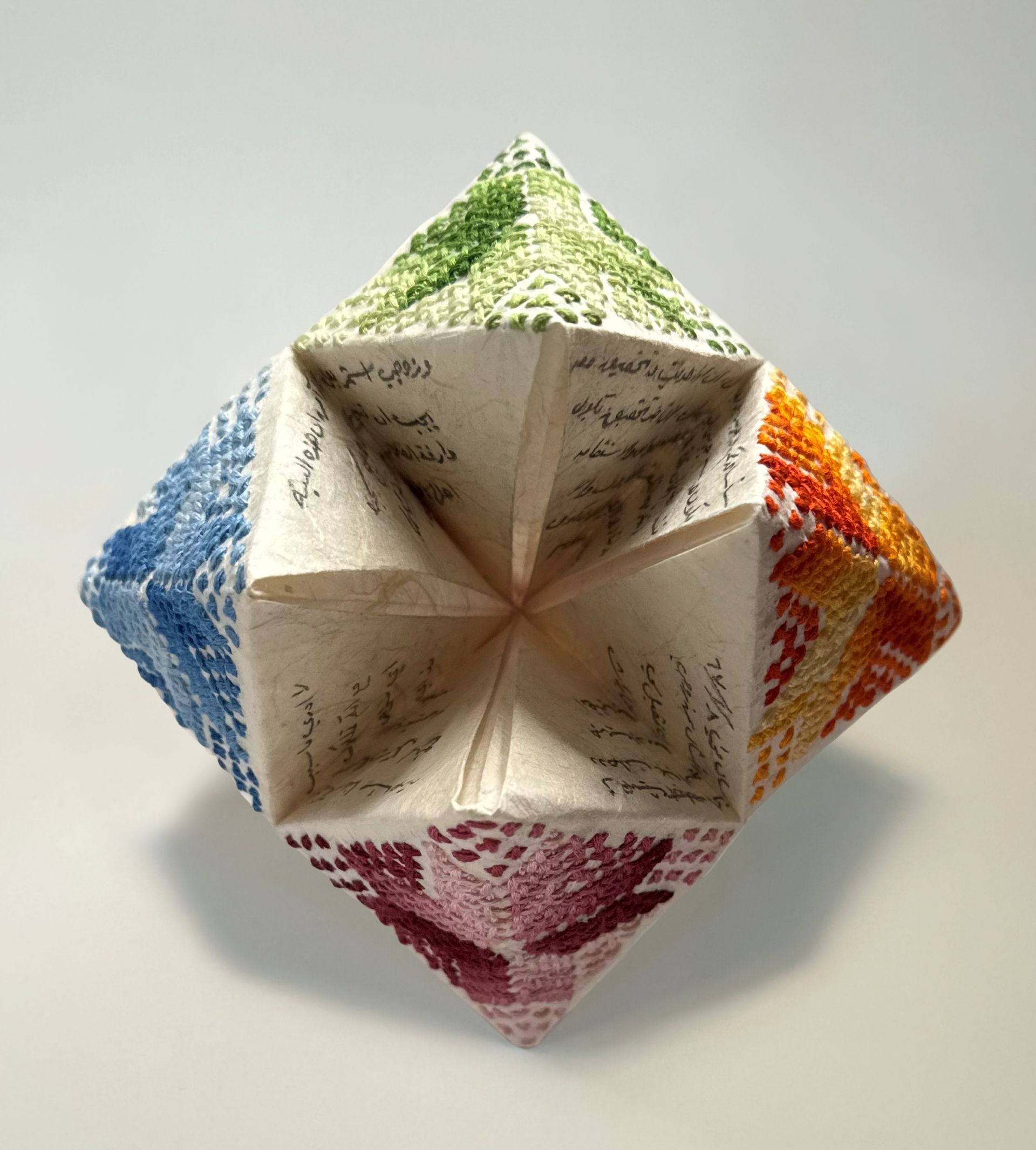
The work is framed by tatreez—Palestinian cross-stitch embroidery—painstakingly applied by artist Manal Zaidan using the “Moon of Bethlehem” motif. “My tata was always wearing bright, embroidered tops. That visual language—of pattern, of land, of heritage—is something etched into me,” Salloum says. The title Qamar 717 reflects the number of lunar cycles that passed between the writing of the letter in 1967 and her grandmother’s death in 2024.
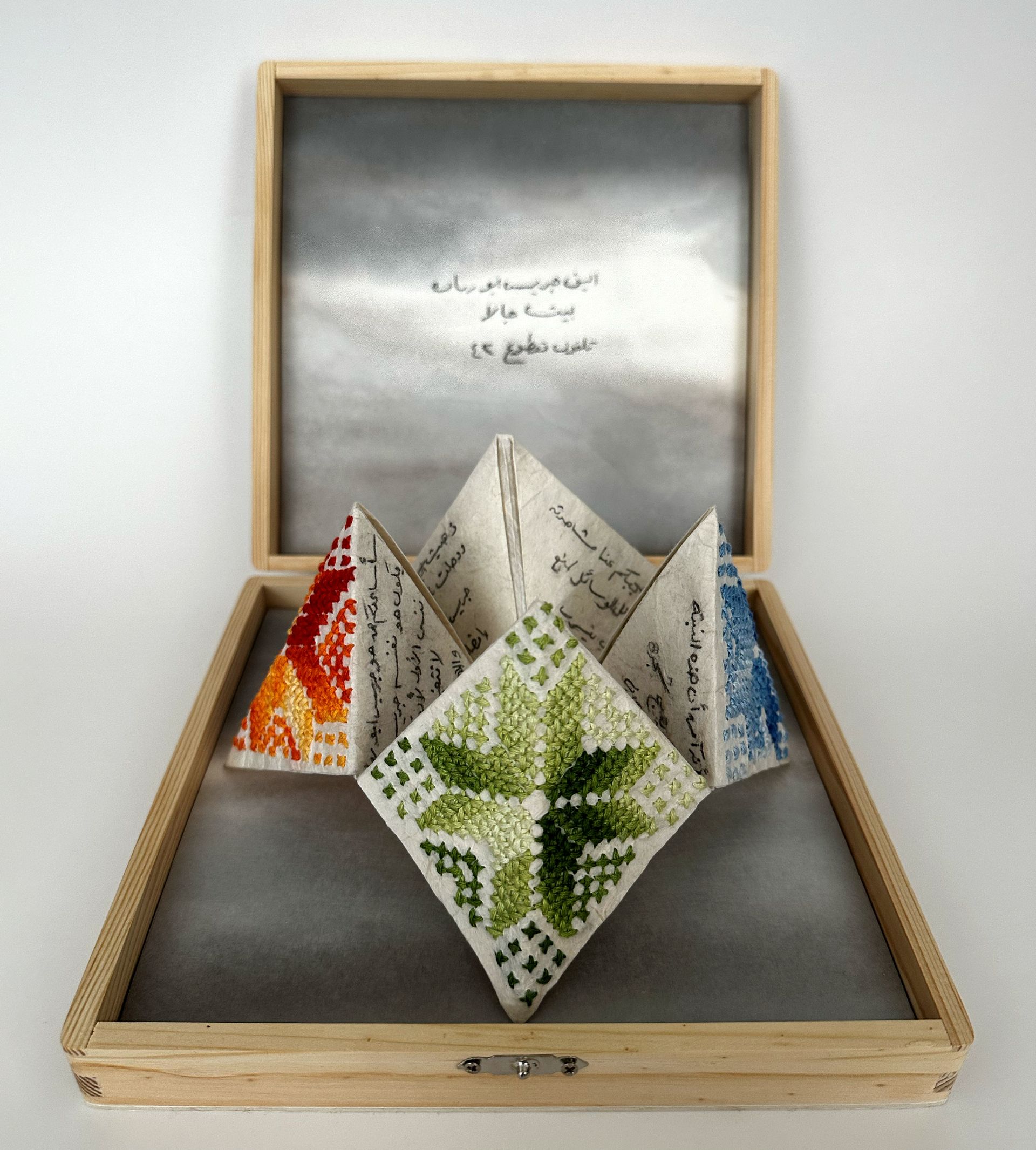
Salloum’s body of work is rooted in the intersections of memory, displacement, and identity. Her acclaimed documentary Slingshot Hip Hop, which chronicled the Palestinian hip-hop scene, and experimental video works like Planet of the Arabs, which screened at Sundance, are deeply grounded in archival research and personal narrative. Through collage, video installation, sculpture, and painting, she constructs what she calls “visual dialogues between the intimate and the collective.”
“Memory isn’t linear,” she reflects. “It’s folded, layered, sometimes incomplete. With Qamar 717, I wanted to honour that—what we inherit, what we lose, and what we carry without answers.”
For more stories of art and culture, visit our dedicated archives.
